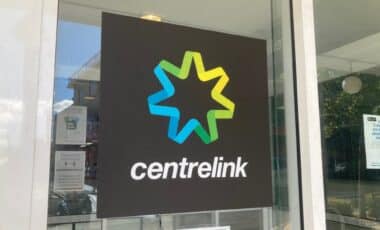Australia’s cafe culture is facing a turning point as many consumers begin to reconsider spending on barista-made coffee amid a mounting cost-of-living crisis. With over 27,000 cafes and coffee shops operating nationwide, competition is fierce, and the market now appears oversaturated.
Rising operational costs and falling disposable incomes are combining to challenge the sustainability of many cafes. As Australians tighten their budgets, spending on coffee and hospitality has contracted, raising questions about the future shape of the sector.
Oversupply and Rising Costs Squeeze Cafes’ Margins
According to IBIS World, Australia’s cafe sector has expanded rapidly over the past two decades, growing from around 5,000 specialty and independent cafes 15 years ago to more than 27,000 today. However, this growth has not been matched by proportional increases in consumer demand.
Andrew Low, CEO of Coffee Supreme, a major roasted bean supplier, points out that while coffee appreciation has increased, it is “not five times bigger”. He notes that the average daily coffee sales per cafe have dropped from about 500 cups to 300, even as operational costs have roughly doubled.
These costs include rent, wages, energy, ingredients, insurance, and the price of coffee beans, which have more than doubled in Australian dollars over the past year. This cost pressure has forced cafes to raise prices on items like avocado toast and breakfasts, with coffee prices often remaining comparatively low due to entrenched consumer expectations.
Low explains that while prices for meals have increased significantly, coffee prices have remained anchored around $4.50, squeezing profit margins further.
Changing Consumer Behaviour Amid Cost-Of-Living Pressures
The broader economic environment also plays a significant role in reshaping consumer habits. Australian households have seen real disposable incomes decline sharply—by about 8% since mid-2022—leading many to cut back on discretionary spending, including frequent cafe visits.
Commonwealth Bank of Australia’s Household Spending Insights survey confirms that hospitality spending has decreased as a result.
Moreover, changing work patterns post-pandemic, such as increased remote working, have reduced the once-reliable daily foot traffic for many cafes. There is also growing competition from cheaper alternatives, such as machine-made coffee from convenience stores and petrol stations, or home-brewed coffee.
Industry voices acknowledge that the oversupply of cafes, combined with falling demand, is pushing many businesses into unsustainable territory.
According to Andrew Low, the market imbalance means that “supply is outstripping demand, and that’s making everyone lose a bit of money.” He warns that without sustainable price adjustments and consumer willingness to pay more, many independent cafes and smaller roasters may disappear, potentially leaving the sector dominated by large chains.









